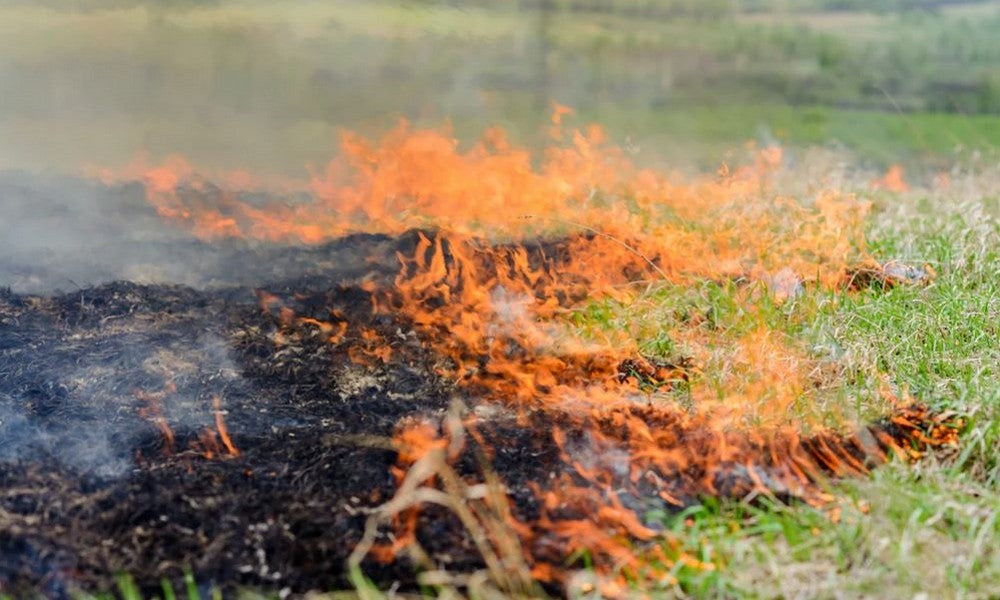When it comes to buying a firefighting pump, we recommend you consider the following options when choosing a pump for this very important task.
Also, keep in mind that you don't have to invest in this significant item just in case of fire. You can use the pump any time you need pressurised water, such as for water transfer, irrigation, equipment washdown, and spraying. You can also pump clean, non-aggressive liquids without solids or fibres in suspension.
Pressure
We recommend you look at pumps that offer 100Psi or higher. For reference, a normal garden hose moves water at between 30 and 40 Psi. The Max head number multiplied by 1.42 gives you the Psi.
Flow rate
For most firefighting domestic use you'll want between 200 lpm and 1,000 lpm.
Max head
Max head refers to the maximum height the pump can pump to. You'll want to consider the difference in height between the pump and the location you are pumping water to. That means if you're pumping water up a hill or fighting a fire up a hill, the incline will matter. It's worth noting that moving the water considerable distances will compromise the pressure you get upon discharge from your pump. As a rule of thumb for firefighting, a Max head of 60m will give you what you need to cover most normal situations.
Most importantly, if you need to pump water to a significant height, or if you want any help with identifying the right option, we are here to help you, just ask!
Inlet/outlet size
The larger the pump outlet size, the faster the job will get done. Firefighting pumps have inlet/outlet sizes typically ranging from 1″ to 4″. That means a 3″ pump will finish a job three times faster than a 1″ pump.
Transfer pumps can move large volumes of water usually have lower Psi capacity and higher flow rates. High pressure pumps, including firefighting pumps, will have a higher Psi and move less water more quickly.
Self-priming capability
While not a requirement, it would be useful to have a self-priming pump to avoid the problem of air blockages that cause delays in the flow of water.
Metal bodies
Most firefighting pumps are made from metal rather than plastic because they need to be robust. Make sure the componentry is metal too. Plastic elements may cause issues under higher demands.
Quality engine
We highly recommend the best quality engines, and you'll find these on our pumps. Petrol pumps are usually Honda pumps and the diesel pumps will be Yanmar. Mains-powered electric pumps are not recommended for firefighting unless you have a dependable generator or back up supply.
Diesel engines are more fuel efficient, will usually perform for longer and are considered a safer option than Petrol. However, petrol options are cheaper and there is often a greater range of petrol models to choose from. Get in touch with us if you're interested in a diesel pump.
Starting
Easy starting is an absolute must. Firefighting pumps come with a choice of starter options like recoil, electric starter, or both. When you opt for a quality brand using quality engines you generally can rely on the product starting up when you need it and for a long time.
Other needs
You will need to have accessories with your pump, such as suction hose, firefighting hose, and nozzles.

